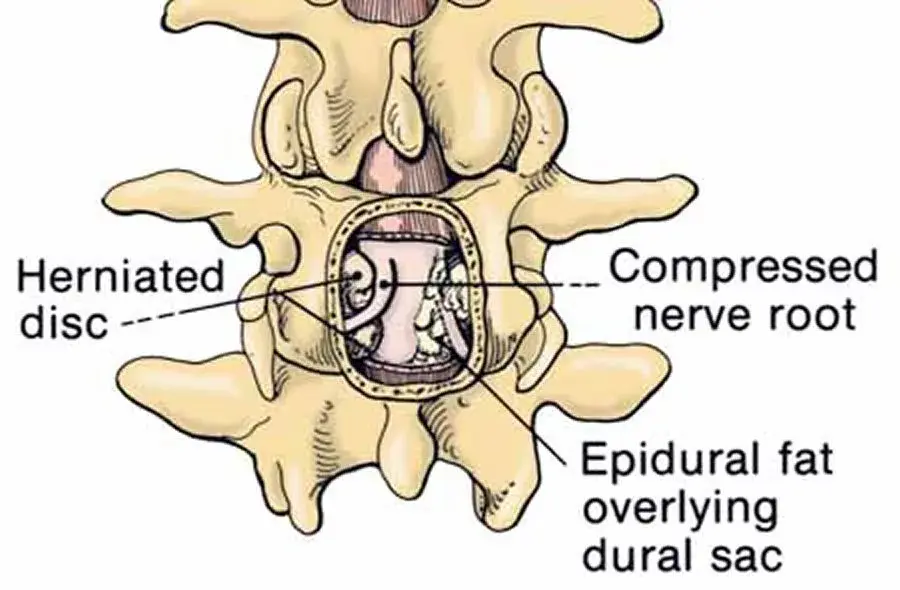What is the most common cause of allergic contact dermatitis?
Answer Options:
- nickel
- mercury
- clothing dyes
- poison ivy
- latex
This question is missed 41% of the time by FM residents, an amazing rate for such a simple question. And the answer is #1 - nickel. Boring but true. 🙂
The common misses on the question are all over the place. We’re suspicious that students overcomplicate the question stem, thinking about all the causes of contact dermatitis - which are legion. Or possibly allergens encountered in healthcare settings, which would be “gloves” (rubber accelerators).
This is exactly the sort of question you will encounter on exams - so try to read question stems as-is, without expanding them mentally.
Why This Question Is Often Missed
– Focusing on plant‑related allergies
Many students immediately think of poison ivy because it’s a classic type IV hypersensitivity, overlooking that nickel exposure is far more ubiquitous.
– Conflating latex and contact dermatitis
Latex allergy is often taught early but usually manifests as an IgE‑mediated reaction rather than classic allergic contact dermatitis.
What the Distractors Indicate
| Option | What It Tests / Implies | Why It’s Wrong Here |
|---|---|---|
| Mercury | Heavy‑metal contact allergy awareness | Mercury allergy is very rare compared to nickel. |
| Clothing dyes | Knowledge of textile/dye allergens | Disperse‑dye hypersensitivity exists but is far less common. |
| Poison ivy | Classic plant‑induced contact dermatitis | Poison ivy (urushiol) is common but not as prevalent as nickel exposures. |
| Latex | Allergy related to rubber products | Latex reactions are typically immediate (type I), not the delayed type IV seen in ACD. |
High-Yield Pearl
Nickel is the single most common cause of allergic contact dermatitis worldwide due to its ubiquitous presence in jewelry, coins, and metal fasteners.
Core Learning Objectives
- Recognize the most prevalent allergens causing type IV (delayed) hypersensitivity in clinical practice.
- Distinguish the clinical and immunologic differences between allergic contact dermatitis and other skin hypersensitivity reactions.
The “Test Trick” at Play
This question exploits availability bias: students recall dramatic or “textbook” examples (poison ivy, latex) and overlook the far more common, everyday culprit—nickel.
Additional Family Medicine Practice Questions and Remediation
FM Exam Practice Question 1
A 25‑year‑old woman presents with a pruritic rash on her earlobes that began 2 days after she switched to a new pair of inexpensive earrings. What is the most likely allergen?
A. Nickel
B. Formaldehyde
C. Paraben preservatives
D. Fragrance mix
FM Exam Practice Question 2
A dental assistant develops itching and redness on her hands after wearing powdered latex gloves all day. Patch testing reveals a positive reaction to thiuram mix. What type of exposure most likely caused her dermatitis?
A. Thimerosal in vaccines
B. Rubber accelerator in glove manufacturing
C. Formalin in dental impressions
D. Paraphenylenediamine in gloves
FM Exam Practice Question 3
A 40‑year‑old gardener presents with vesicular hand dermatitis after clearing ivy in her yard. Which agent is responsible?
A. Nickel
B. Urushiol
C. Chromium in leather gloves
D. Benzocaine in topical creams
FM Exam Practice Question 4
After switching to a new black sock brand, a patient develops an itchy, scaly rash on his ankles. Patch test is positive for disperse blue 106. What is the allergen class?
A. Clothing dye
B. Plasticizers
C. Formaldehyde‑releasers
D. Acrylates
FM Exam Practice Question 5
A 30‑year‑old jeweler presents with pruritic papules on his fingertips after working with watch bands. Which patch test series is most appropriate?
A. Fragrance series
B. Metal (baseline) series
C. Rubber glove series
D. Photopatch series
Mini Case Discussion Prompt
Compare a patient with chronic peri‑umbilical dermatitis from nickel‐containing belt buckles to one with acute vesicular hand dermatitis from poison ivy. What differences in history, timing, lesion morphology, and management would you expect?
Frequently Asked Questions (FAQs)
This question appears in Med-Challenger Family Medicine Review with CME
Try for free and save. Ace your exams and meet your CME/MOC requirements for just $35 a month!
No matter your program, no matter the size, Med-Challenger for Groups and Institutions can better prepare your program or group, fulfill industry requirements, and increase test scores.








